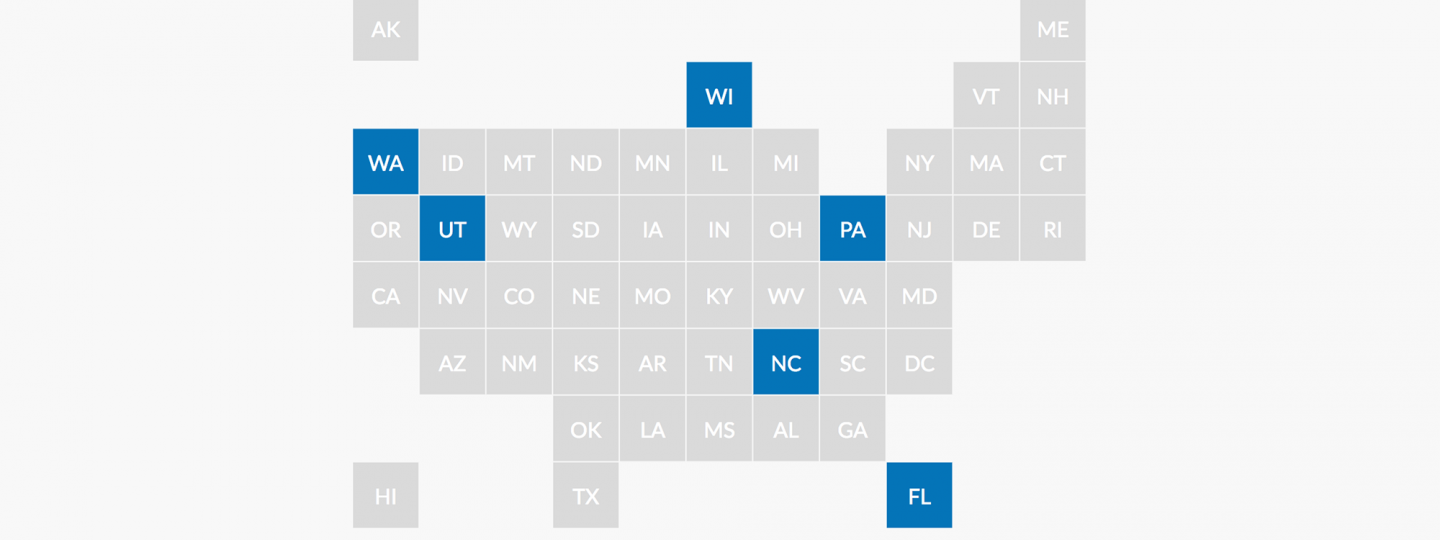It’s easy, in the United States, to get performance data about public schools. New mothers can generally find information about C-section rates at specific hospitals with just a few clicks. And, in about two minutes, I just found out that my favorite local Italian restaurant was fined $160 in March because the hot water in its kitchen faucet wasn’t quite hot enough.
But good luck if you want to know what’s going on in your local criminal justice system.
Counties and agencies across the United States keep criminal justice data locked in silos, widely unavailable to analyze or to compare to data from other counties. Even when it is more accessible, a lack of standards and inconsistent reporting make it difficult for average journalists to do much with it.
The implications of such a cockeyed system vary, but Amy Bach stumbled upon the worst of them while researching her 2009 book about the U.S. court system when she discovered one county in Mississippi hadn’t pursued a domestic violence case in 21 years. The prosecutor was nonplussed: “Has it been that long?” he asked her.
Bach, an attorney who has worked as a journalist, was driven to illuminate the umbra cast over the local criminal justice system. In 2011 she founded Measures for Justice, a nonpartisan nonprofit that has no agenda “beyond trying to collect, manage and publish criminal justice data at the county level.” After years of work, Bach and her team launched the Measures for Justice data portal earlier this year.
The portal offers county-by-county criminal justice data from 2009 through 2013 for six states — Florida, North Carolina, Pennsylvania, Utah, Washington and Wisconsin — chosen because of their geographical diversity and the fact that they all have statewide court databases. The team plans to offer updated data to the original six and add more difficult states as the project moves forward.
The site includes a variety of measures for each state: percentage of cases not prosecuted, cases dismissed, jail capacity utilization and more. Much of the data can be filtered by race, ethnicity, sex, age and offense type, and users can select multiple counties at once to compare them.
“It’s a great way to drill down and get an interesting snapshot of how counties are handling similar cases differently,” said Fiona Maazel, Measures for Justice’s director of communications. Maazel suggested finding two or three counties that are comparable based on metrics like size, demographics, voting patterns or poverty levels, as a way to discover a potential story. From there, reporters can dig into what could account for that disparity.
Measures for Justice doesn’t suggest potential issues or even highlight interesting data, Maazel said, because the “data should speak for themselves.”
“We don’t infer something or give explanations. We don’t speculate publicly. It would be irresponsible to speculate without all the information,” she said. “Our hope is that people do the due diligence required to get to the bottom of what the numbers are suggesting.”
However, Maazel, who is a novelist by profession, said the portal is full of low-hanging stories that require thought and research but that are “dying to be told.”
I spent 15 minutes digging through Measures for Justice’s data portal and easily found three seeds for potential stories in my state, Florida, alone:
- In Wakulla County, a mostly rural area, nonwhite defendants with a nonviolent felony conviction and no violent prior convictions were sentenced to prison more often than white defendants by a ratio of 3.89 to 1 in 2012 to 2013. Compared to a 1.15 to 1 average ratio across the rest of the state, this is a huge statistical outlier. What accounts for such a disparity?
- In Gilchrist County, the youngest and one of the smallest counties by both size and population, 50.3 percent of filed cases were dismissed. The statewide average is 16.09 percent, and the next-highest county is Union County, with 33.05 percent. Why are all of these cases being dismissed?
- The jails in Putnam County, which is located just south of Jacksonville, appear to be overflowing at 136.80 percent of overall capacity. The average capacity for the state is 79.62 percent, and neighboring St. Johns County is only at 60.09 percent of capacity. Why are Putnam County’s jails so full, and what does that mean for inmates?
Though Measures for Justice aims to add more states and fresher data soon, the process is slow going. And for good reason.
Employees gather as much data as they can from centralized databases and then travel each state collecting more data from various agencies, occasionally going door to door with a data collection app. They then work with practitioners from each state to get feedback. The information goes through three audits — two internal and one external — before it is published.
With a team that has gone from two employees in 2011 to 23 now, processes streamlined after each addition of databases and a diverse array of foundation funding, the nonprofit has a solid foothold on its path to sharing criminal justice data from all 3,142 of the counties and county-equivalents in the U.S.
Clarification: An earlier version of this article included an incorrect statement from Fiona Maazel that suggested counties may handle cases differently based on demographics. This article has been updated to clarify that Measures for Justice does not itself test for statistical significance.
Learn more about journalism tools with Try This! — Tools for Journalism. Try This! is powered by Google News Lab. It is also supported by the American Press Institute and the John S. and James L. Knight Foundation.







